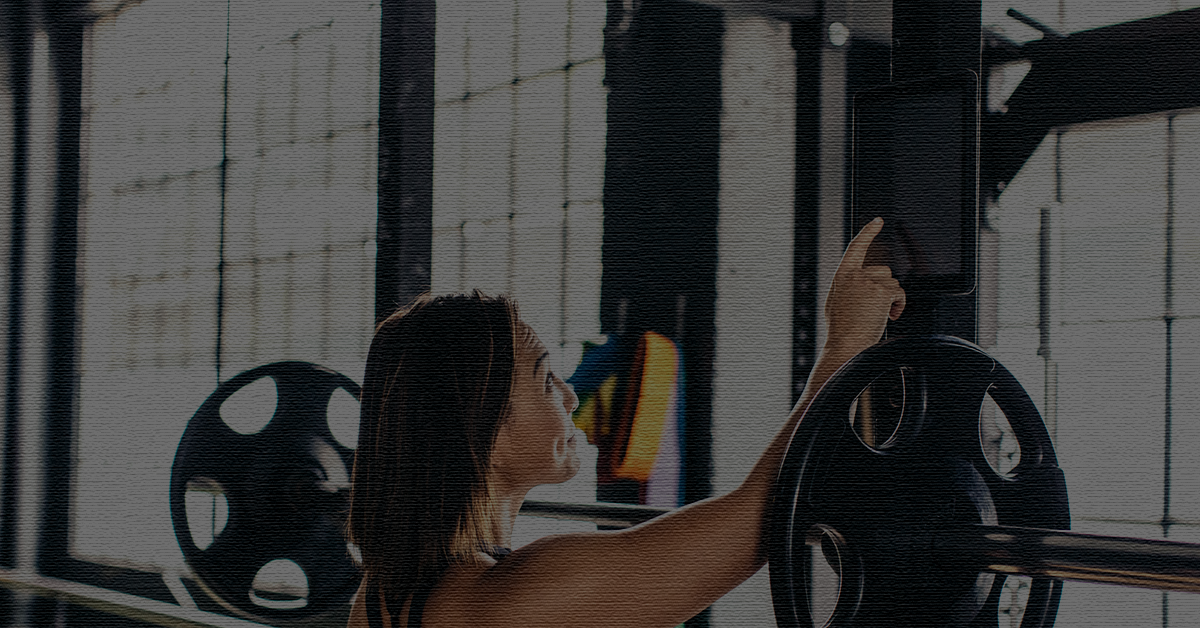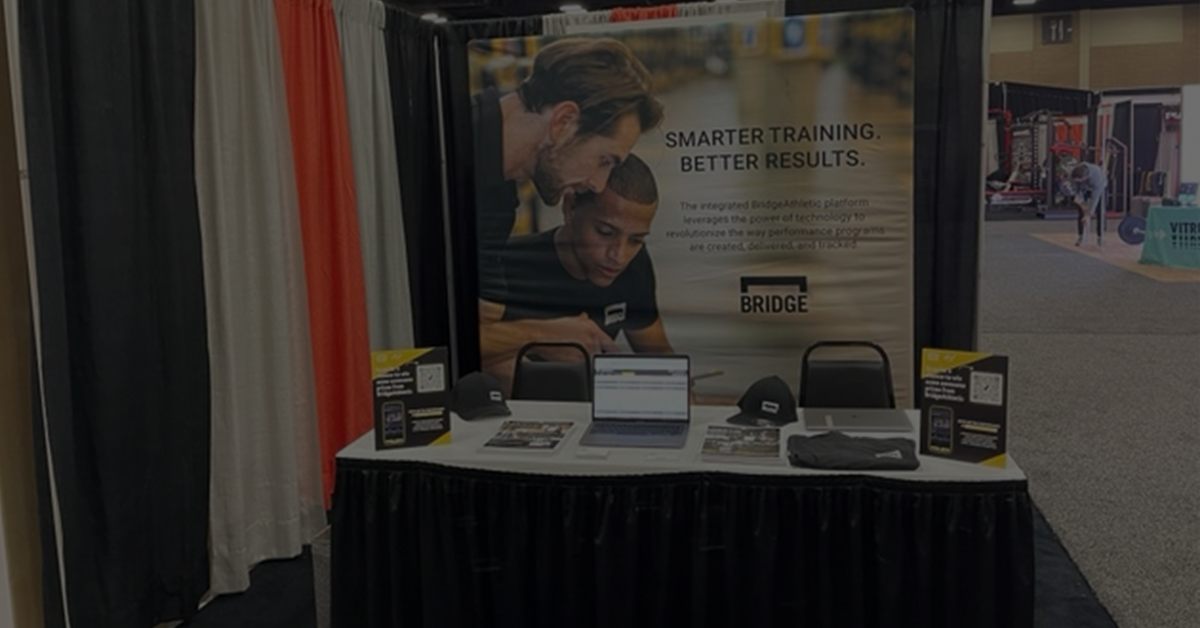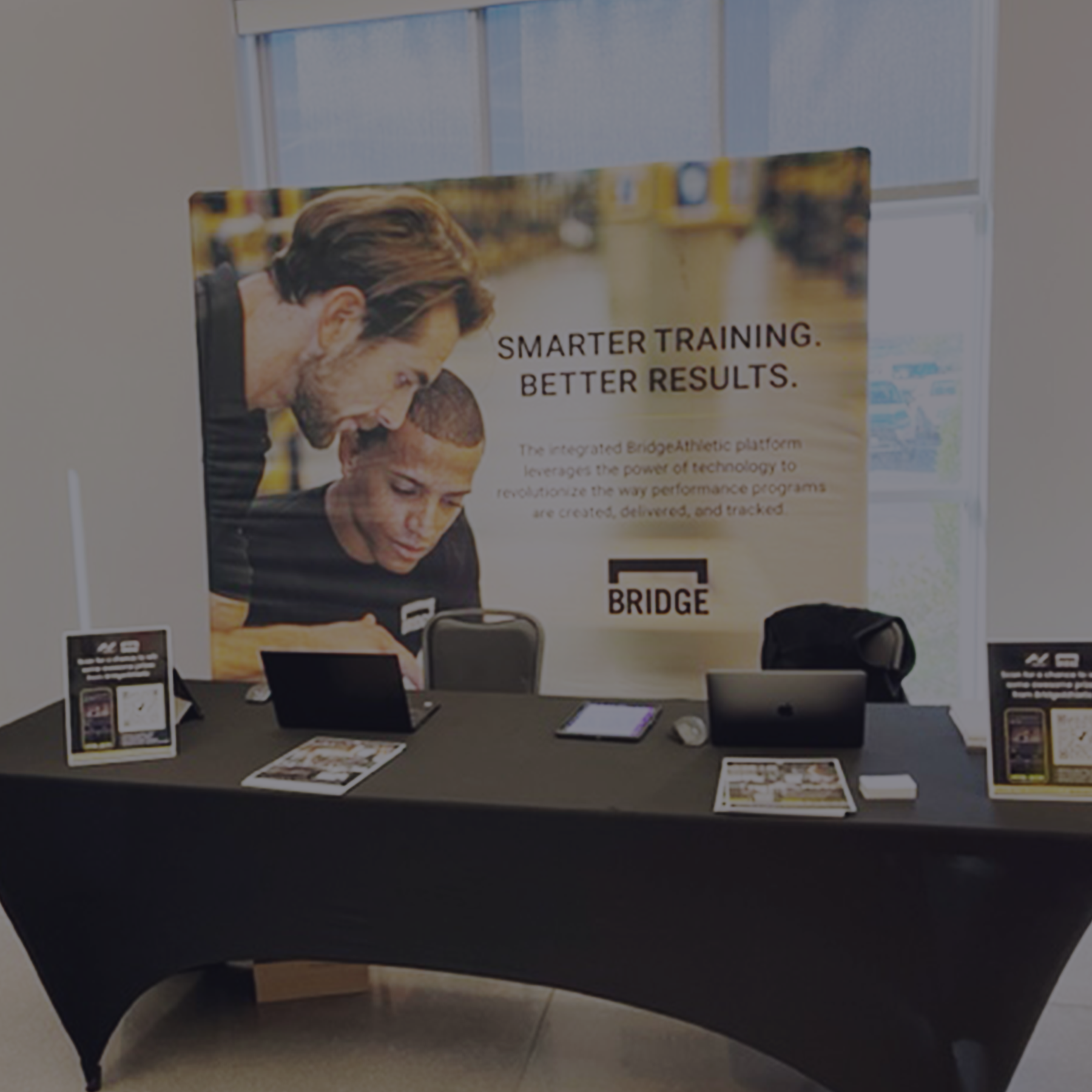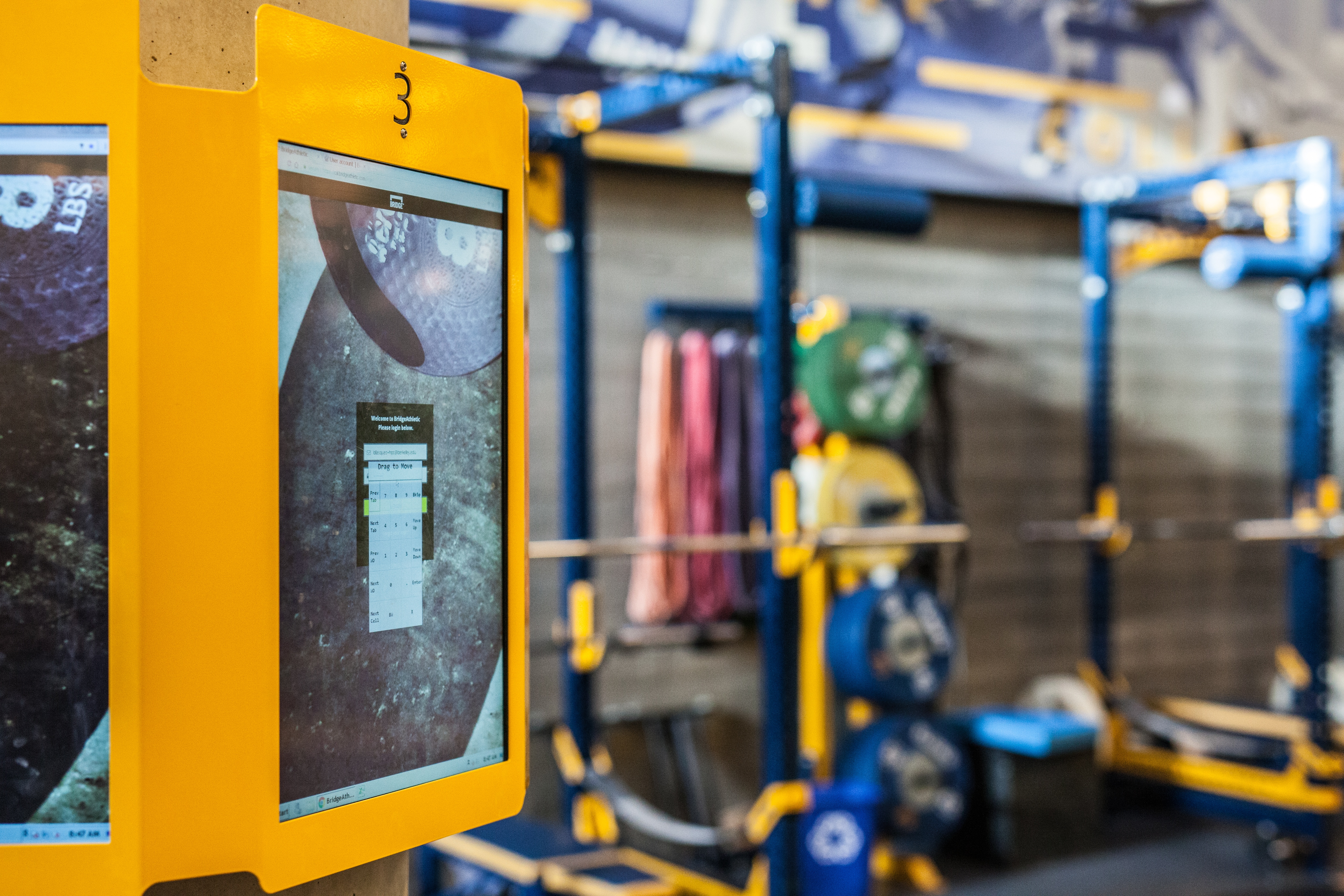November 02, 2018 By BridgeAthletic
Integrating Your Tools
Just about everyone's joining forces in this market.
What are Fitness Tech Integrations?
Integrations allow multiple softwares and hardwares to combine to allow you to collect data and monitor insights collected from all of your devices. Integrations are most helpful when using a training collection software (like Bridge) that integrates with an AMS (like Smartabase) allowing coaches to instantly visualize athlete progress across any period of time. The work is logged in Bridge and then fed directly to Smartabase where you can view dashboards depicting any metric and any athlete.
Integrations in Action
If you’re evaluating potential integrations, explore the brands that your existing software might integrate with. You’ll hear terms like “open API” and real-time data collection. Depending on the collection platform ( athlete management, digital training system, etc.) you’ll likely be working with a product’s development team to create the right workflow for your organization. This is where your key metrics will become incredibly important. You’ll need to evaluate what markers you’re tracking, how you’re evaluating them across athletes and how often your team will evaluate success.
Ask for a case study
Case studies allow companies to demonstrate how their product works for real-life organizations like yours. They’ll allow you to evaluate whether or not you could use a system in a similar way and, if not, whether or not your needs will be met by the software. If nothing else, case studies will help you ask the questions you might not have thought about during your initial research or trial.
Collect Meaningful Data
Leverage your training data more effectively than ever before.
Collection Methods
No matter what you’ve decided to use, you’ll want to make sure you’re leveraging your training tools to the best of their ability. Take time to consider how you can use these tools to improve your key metrics.
Implement Tests on the System
If you prefer to implement test days every 8 weeks, evaluate 5 key movements, try creating the test day(s) directly into your new digital training software. Take your athletes through those days of training and then leverage the tracking tools to evaluate performance rather than adding results into the system after the fact. Testing days are a great way to get yourself started with your new workflows because they often require great detail and planning across your department.
Once you have your collection stream down, you’ll be able to pull reports of players whenever necessary, all from one central system.
Analysis
While everyone has their own preferred method of analysis- why not check out some of these pro tips to help get you started?
#1 Consider Some Benchmarks
Creating benchmarks in your programming can be a key driver of success. Think about how you can create a Macro plan, copy that plan and then assign the copy to your athletes to work through during the 12-14 traditional training cycles. Creating this structural benchmark will allow you to evaluate what’s gone well, what’s been lacking and how your daily edits have affected your overall plan. Tracking things like volume, load and intensity across weeks can help you evaluate your overall success.
#2 Embrace Your Inner Scientist
Add analysis to your calendar and make a point to check in at least once a week. Whether you’re tracking individual athletes across their Foundational phases or you’re evaluating a player against his other teammates, keeping an eye on how each athletes progresses - no matter where they’re coming from - is an important tool. While your athletes may not always be gearing up for competition, it’s important to be able to actualize their progress, understand where they might need help and consider how to make programmatic changes to support their development. While relying on memory might work for a (very) small minority of coaches, it’s better to be able to look back and visually interpret progress and improvement, rather than trying to recall it from the archives of your incredibly busy day.
#3 Take Action
By incorporating a concrete plan, you’ll feel more confident making both incremental set/ rep adjustments as well as broader structural changes across your athletes program. Tracking at least once per week will probably encourage you to consider changes much more readily than you have without a method of evaluation in place. This is a good thing. So long as you stay focused on your key metrics and don’t get bogged down in every set and rep, you’ll be able to make effective changes without sacrificing some much needed R&R.
#4 Repeat
You consistently tell your athletes that “practice makes perfect". So it should come to no surprise that the same rings true for tracking their performance. Sure, you may be new to an organization or be starting your own business and may have very little time to devote to “non-essentials.” You’re right.
However, evaluating your training plans in a systematic way should be considered a very essential part of your weekly plan. If you’re trying out some of the new technology mentioned in the previous pages, repetition is even more essential.
While it may seem daunting, confusing and even a little cumbersome, there’s a reason why you considered using technology to make your life easier. Much easier.
You decided to try it out because you’ve likely done your research, asked a friend, trialled the product and determined it would significantly impact your workflow. So take a week or two to dive into your new technology. You may mess up, you may forget how to use a specific feature but if you keep your key metrics in mind and work through your initial hesitations, you’re bound to become an expert- joining an ever growing community of premier coaches and practitioners going above and beyond to support their athletes and clients.
For more on tech in sports click here.
About the Author

At Bridge, we are all athletes and coaches first. As athletes, our team has experienced everything from riding the pine on JV, to winning NCAA championships, to competing in the Olympic Games. As coaches, we have helped countless athletes reach their full potential, winning everything from age group section championships to Olympic Gold Medals.
Related Posts

What to Consider When Choosing a...
What strength and conditioning coaches should consider when choosing a program design software...
...

2022 NSCA Coaches Conference
The BridgeAthletic team attended the 2022 NSCA Coaches Conference in San Antonio, Texas January 6-8...

2021 Fusion Sport Conference
The BridgeAthletic team attended the 2021 Fusion Sport Summit - North America at the UFC...



